May 26, 2025 | 08:21 GMT +7
May 26, 2025 | 08:21 GMT +7
Hotline: 0913.378.918
May 26, 2025 | 08:21 GMT +7
Hotline: 0913.378.918
Thailand has agricultural areas nationwide, with many farmers aiming to produce multiple crops annually to optimize yields without proper agricultural by-product management. Many farmers choose to burn agricultural by-products, such as sugarcane leaves, rice straw, and corn stubbles, as it is a convenient and cost-effective method.
The Pollution Control Department of Thailand reports that burning agricultural by-products is a source of PM2.5, accounting for 5% of the total PM2.5 produced.
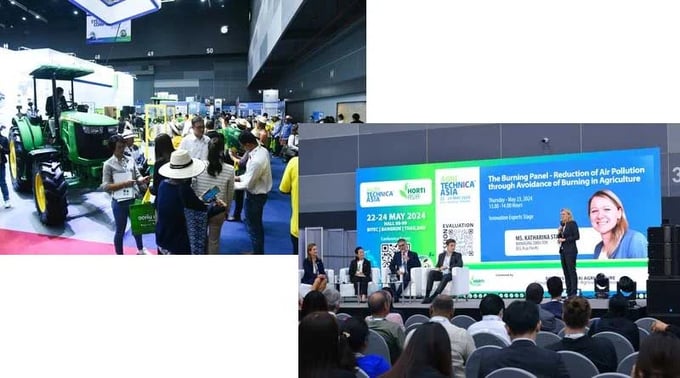
This information was presented during a session on air pollution and agricultural by-product burning at the Agritechnica Asia & Horti Asia 2024 exhibition in Thailand.
Dares Kittiyopas, Deputy Director-General of the Department of Agricultural Extension of Thailand, stated that air pollution from agriculture in Thailand originates from three main sources: straw in the Central region, sugarcane in the Western and Northeastern regions, and corn in the Northern region.
She mentioned that the department has collaborated with relevant agencies to promote sustainable farming practices. These initiatives include encouraging Northern corn farmers to limit burning, promoting fruit tree planting to address soil erosion, and establishing funds to support farmers in investing in machinery. This information was presented during a session on air pollution and agricultural by-product burning at the Agritechnica Asia & Horti Asia 2024 exhibition in Thailand.
The Department of Agricultural Extension of Thailand has developed a project to identify, pilot, and train farmers in sustainable straw management methods. These methods include low-tech solutions such as mixing straw into fields or removing waste for composting or mushroom cultivation. Additionally, they are exploring high-tech options, including using straw as a substrate for paper and pulp production or for industrial purposes. Options like producing bioethanol and biofuels from straw and utilizing high-silicon husks in various industries are also being considered.
"Our goal is to identify, pilot, and support stakeholders ready to promote these sustainable options," Dares shared.
Concerned about agricultural by-product burning practices, Marco Silvestri, Program Officer of the Sustainable Agricultural Mechanization Center at UNESCAP (United Nations Economic and Social Commission for Asia and the Pacific), said the organization is developing a regional initiative focused on integrated straw management. The project employs a circular model to utilize straw in sustainable agricultural practices.
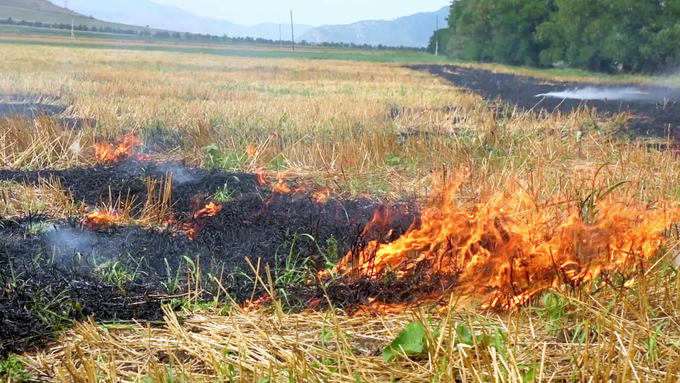
Many farmers choose to burn agricultural by-products, such as sugarcane leaves, rice straw, and corn stubbles, as it is a convenient and cost-effective method.
The project's approach includes identifying pilot sites at agricultural by-product burning hotspots, closely collaborating with agricultural departments and local communities to encourage and raise awareness among farmers about sustainable practices. Community outreach efforts involve engaging various stakeholders, including academia, agricultural extension service providers, machinery manufacturers, and farmer communities, to adapt machinery and practices to local needs.
The initiative's success has been recognized within the framework of South-South Cooperation, with study tours and regional forums facilitating knowledge exchange and policy summaries to inform government policies. The project emphasizes the importance of stakeholder collaboration to develop effective solutions for sustainable agricultural practices, with the United Nations playing a supportive role in bridging the gap between stakeholders and policymakers.
The International Rice Research Institute (IRRI) and its partners are conducting research on advanced technology and improved rice residue management, aiming to reduce environmental impact and increase revenue from rice production.
In principle, straw can be processed and used in agriculture for purposes such as soil improvement through carbonization and composting, bioenergy production, and as raw materials for industrial purposes like silicon and biofibers. However, not all methods are economically feasible due to the high production costs of straw-based materials, including transportation costs, which remain higher than traditional or other existing materials.
Currently, sustainable straw management practices that can be scaled up include improving soil fertility. Incorporating straw into paddy fields can maintain and enhance soil fertility if managed properly. Inefficient straw mixing can reduce production efficiency and increase greenhouse gas emissions. Slow decomposition is often a reason why farmers avoid using crop residues. Some studies aim to accelerate this process, such as by using fungal inoculants.
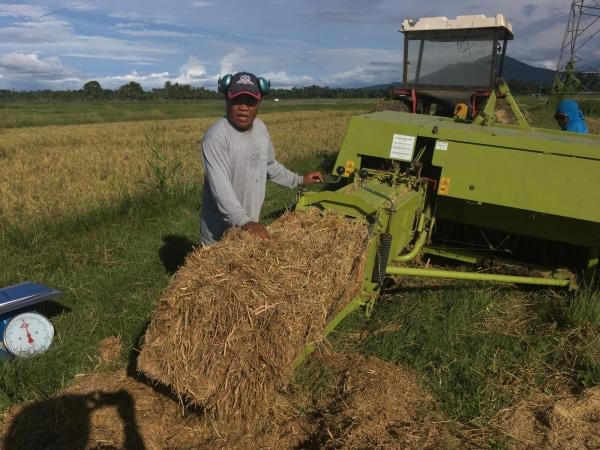
Rice straw in principle can be processed and used in agriculture for purposes such as soil improvement through carbonization and composting, in bio-energy production. Photo: IRRI.
Collecting straw in the fields using combine harvesters is economically viable only with mechanization. This plays a crucial role in the straw supply chain for preparing materials for subsequent uses.
Straw can be used for mushroom cultivation. Straw mushrooms (Volvariella volvacea) are considered one of the easiest mushrooms to grow due to their short incubation period of 14 days. This tropical species thrives best at temperatures of 30‒35°C for mycelium development and 28‒30°C for fruiting body formation. Outdoor mushroom production is common due to low investment costs, though the yield is only 0.8 kg of mushrooms per 10 kg of dry straw. Indoor cultivation, which requires higher investment, yields about 2 kg of mushrooms per 10 kg of dry straw.
Straw has too few nutrients to be used as the sole feed source for livestock but is a good feed additive and can be treated to increase energy and protein supply. Generally, the recommended daily straw intake for ruminants is 1.0 to 1.5 kg per 100 kg of live weight. Straw treated with urea (straw ensiled with 2-3% urea) can increase intake and digestibility of this straw-based feed.
In April 2024, IRRI and the International Cooperation and Development Fund (TaiwanICDF) signed a cooperation agreement to implement the Sustainable and Low-Carbon Rice Innovation Capacity Building (Cabin) project in Southeast Asia. This initiative aims to bridge the knowledge gap in sustainable and low-carbon rice production, focusing on sustainable straw innovation to enhance productivity and income while reducing environmental impact from 2024 to 2028.
Translated by Dieu Linh
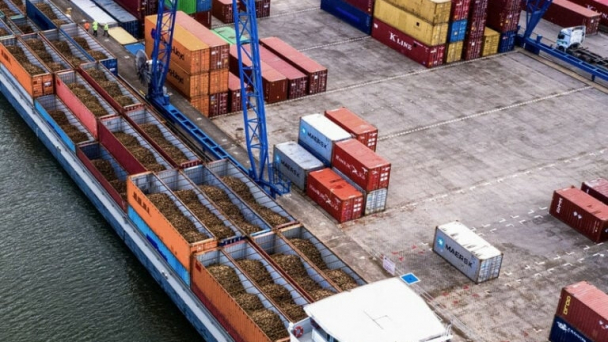
(VAN) The mutual export of agrifood products between the European Union (EU) and the United Kingdom (UK) must occur again without certification, border controls or other red tape. This was agreed at the UK-EU summit.
/2025/05/22/5121-2-173645_677.jpg)
(VAN) NBSAP Tracker identifies strengths and areas for improvement in the National Biodiversity Strategy, based on each region’s priorities and capacities.
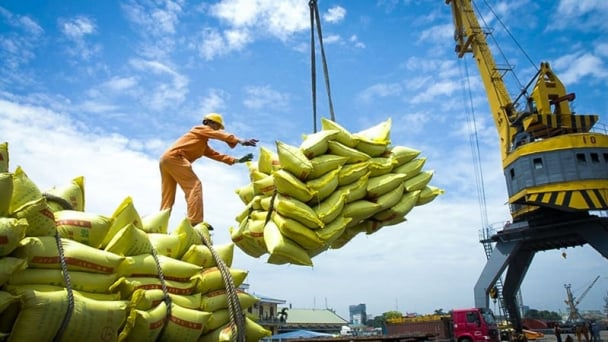
(VAN) The draft amendment to the Circular on rice export trading stipulates a periodic reporting regime for rice exporting enterprises.
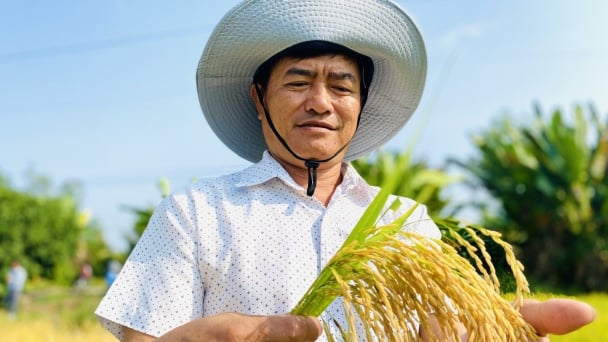
(VAN) Dong Thap farmers attained an average profit margin of 64% during the summer-autumn 2024 crop (first season), while An Giang and Kien Giang farmers followed with 56% and 54%, respectively.
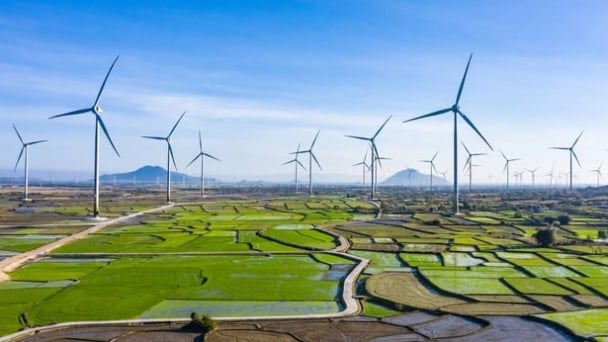
(VAN) As a doctoral student doing research on renewable energy and electrification at Harvard University, the author shares his musings on electricity, nature, and countryside memories.
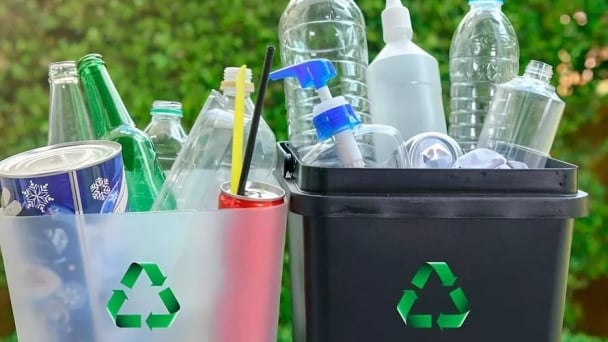
(VAN) The decree on Extended Producer Responsibility (EPR) ensures transparent management and disbursement of support funds, avoiding the creation of a “give-and-take” mechanism.
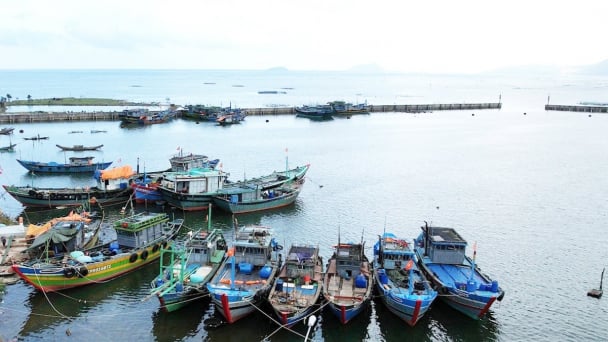
(VAN) Hue City rigorously enforces regulations regarding marine fishing and resource exploitation, with a particular emphasis on the monitoring of fishing vessels to prevent illegal, unreported, and unregulated (IUU) fishing.